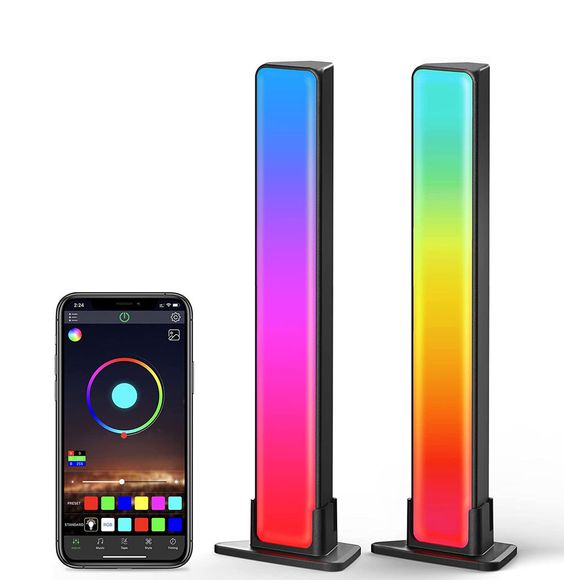In the realm of gaming peripherals, RGB lighting has become more than just a trend—it’s a statement. From keyboards to mice and everything in between, RGB (Red-Green-Blue) lighting has transformed gaming setups into vibrant, personalized spectacles. But beyond aesthetics, what exactly does RGB lighting bring to the gaming table? Let’s explore the colorful world of gaming RGB lights.
Why RGB?
RGB lighting isn’t just about making your gaming setup look cool (though it certainly does). It serves several functional purposes that enhance both gameplay and the overall gaming experience:
Personalization: One of the most significant appeals of RGB lighting is its customization options. Gamers can choose from millions of colors and a variety of effects to match their setup, personal style, or even the theme of the game they’re playing.
Ambiance and Atmosphere: RGB lighting can set the mood and create ambiance. Whether you prefer a calming blue hue for strategy games or an intense red for action-packed shooters, RGB lighting can immerse you deeper into the gaming world.
Visual Cues and Feedback: Some gaming peripherals use RGB lighting to provide visual cues or feedback during gameplay. For example, health indicators that change color as your health decreases, or cooldown timers that change with each passing second.
Integration with Games: Certain games have started integrating RGB lighting with in-game events or actions. Imagine your keyboard lighting up in sync with explosions or spells in your favorite RPG or shooter—it adds an extra layer of immersion.
Types of RGB Gaming Peripherals
RGB lighting isn’t limited to just one type of gaming peripheral. Here are some of the most popular types of RGB-enabled gaming gear:
Keyboards: RGB keyboards are perhaps the most common, allowing each key to be individually lit up in a spectrum of colors. Some keyboards even allow for per-key customization, giving gamers unprecedented control over their lighting effects.
Mice: Gaming mice with RGB lighting often feature customizable zones that can be synchronized with other peripherals. This not only looks impressive but can also provide visual feedback during intense gaming sessions.
Headsets: RGB headsets add flair to your gaming audio experience. While primarily a visual feature, RGB lighting on headsets can sync with other peripherals or react to in-game sounds.
Mousepads: Yes, even mousepads can feature RGB lighting these days! RGB mousepads often have customizable lighting around the edges or across the entire surface, creating a cohesive look for your gaming setup.
PC Cases and Components: RGB lighting isn’t limited to peripherals. Many gaming PC cases, motherboards, RAM sticks, and even graphics cards now come with customizable RGB lighting options, allowing gamers to create a fully illuminated gaming rig.
The Future of RGB in Gaming
As technology continues to evolve, so too will RGB lighting in gaming. Some trends and developments to watch out for include:
Advanced Synchronization: More seamless integration and synchronization across different brands and types of RGB peripherals and components.
Interactive Lighting: Further integration with games for immersive experiences, potentially using RGB lighting for real-time notifications or environmental effects.
Enhanced Customization: Even more control over lighting effects and patterns, possibly incorporating AI to dynamically adjust lighting based on gameplay or user preferences.

